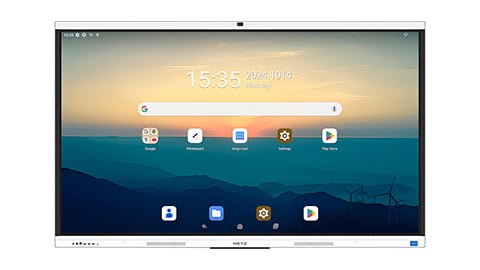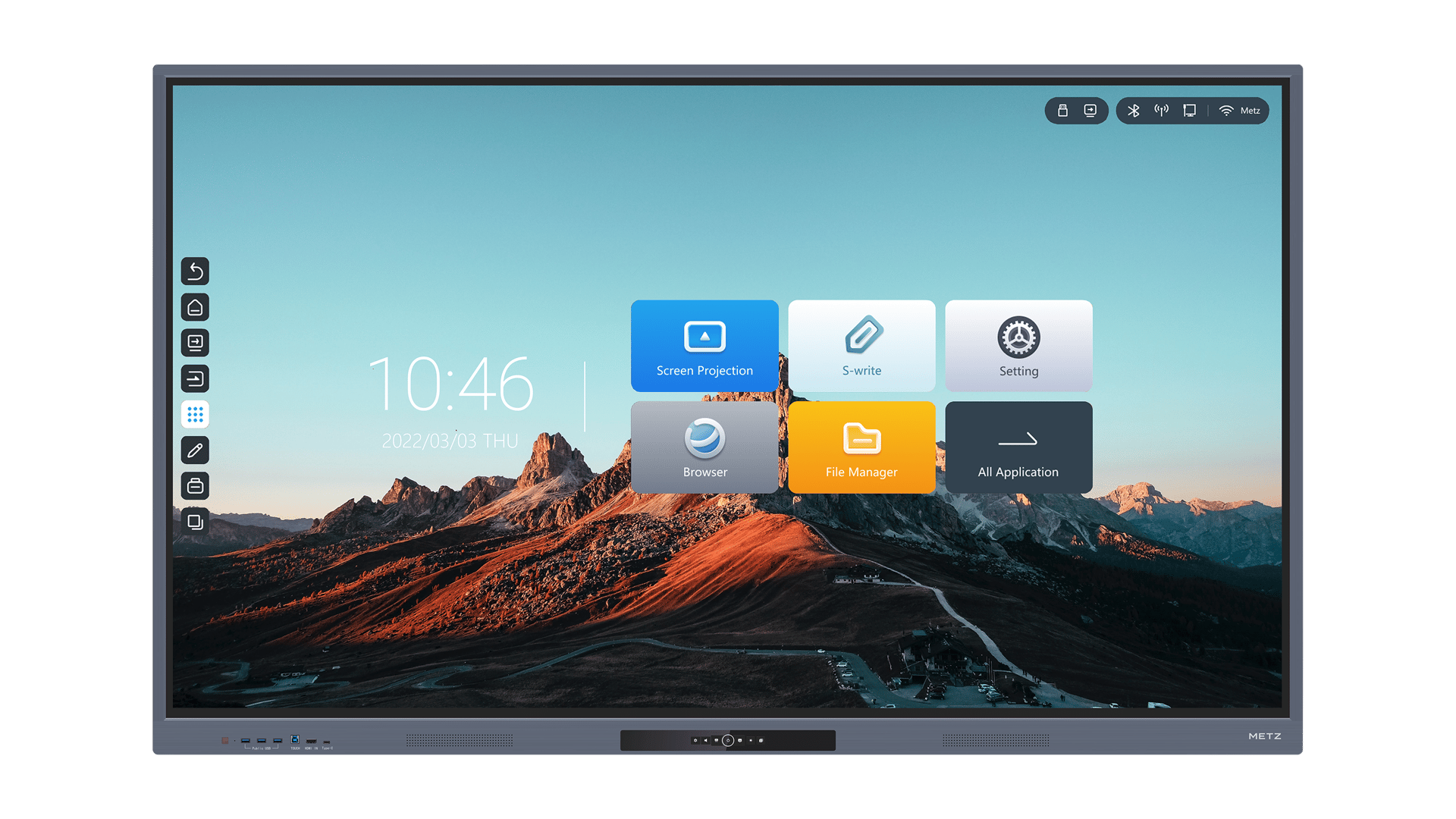The Advantages of Using a Smartboard in the Classroom
A Smartboard is an interactive whiteboard that combines the features of a traditional whiteboard with the power of a computer. It allows teachers and students to interact with digital materials, making lessons more engaging and interactive. In this article, we will explore the various advantages of using a Smartboard in the classroom.
1. Enhanced Visual Learning
One of the main benefits of using a Smartboard in the classroom is that it enhances visual learning. Teachers can display images, videos, and diagrams on the Smartboard, making it easier for students to understand complex concepts. Visual aids help students to retain information better and improve their overall learning experience.
2. Increased Student Engagement
Smartboards provide an interactive learning experience that keeps students engaged and motivated. With the ability to touch and manipulate objects on the screen, students become active participants in the lesson rather than passive observers. This hands-on approach to learning encourages collaboration and critical thinking skills.
3. Easy Integration of Multimedia
With a Smartboard, teachers can easily integrate multimedia elements into their lessons. They can play educational videos, show animations, and incorporate interactive games to make the learning process more enjoyable. This variety of multimedia resources caters to different learning styles and helps to capture and maintain student attention.
4. Real-Time Collaboration
A Smartboard allows for real-time collaboration between teachers and students. Multiple users can interact with the board simultaneously, fostering teamwork and encouraging students to work together on group projects or problem-solving activities. This collaborative aspect of Smartboard usage promotes communication and improves social skills.
5. Instant Access to Online Resources
Smartboards enable teachers to access a wide range of online resources instantly. They can browse educational websites, access digital textbooks, and download educational apps to supplement their lessons. This quick access to online resources enhances the quality of teaching and provides students with up-to-date information.
6. Customizable and Flexible Teaching
Smartboards offer a high level of flexibility and customization options for teachers. They can easily create and save lesson plans, annotate on digital documents, and customize the board layout to suit their teaching style. These features allow teachers to cater to individual student needs and adapt their teaching methods accordingly.
7. Increased Student Participation
When using a Smartboard, students are more likely to participate actively in the learning process. They can come to the board and solve problems, write answers, or manipulate objects, which increases their involvement and confidence. This active participation leads to a deeper understanding of the subject matter.
8. Improved Classroom Management
Smartboards help improve classroom management by providing teachers with better control over the lesson. They can use built-in tools such as timers, voting systems, and interactive quizzes to keep students focused and on track. Additionally, the Smartboard eliminates the need for traditional tools like chalk, erasers, and projectors, reducing distractions and saving time.
9. Accessibility for Students with Disabilities
Smartboards are designed to be inclusive and accessible to students with disabilities. The interactive nature of the board allows students with limited mobility to participate fully in the lesson. The size and clarity of the board also make it easier for students with visual impairments to see and interact with the content.
10. Enhanced Teacher-Student Feedback
A Smartboard facilitates instant feedback between teachers and students. Teachers can provide immediate corrections, comments, and praise directly on the board. This immediate feedback helps students to understand their mistakes and make necessary improvements. It also allows teachers to assess student progress and adjust their teaching accordingly.






